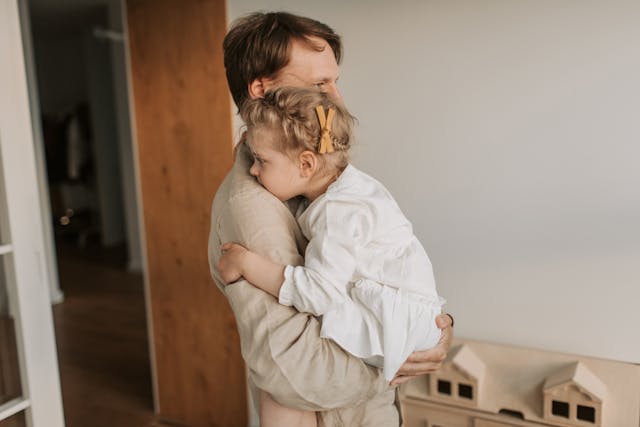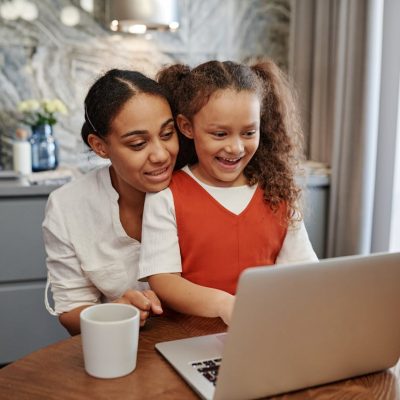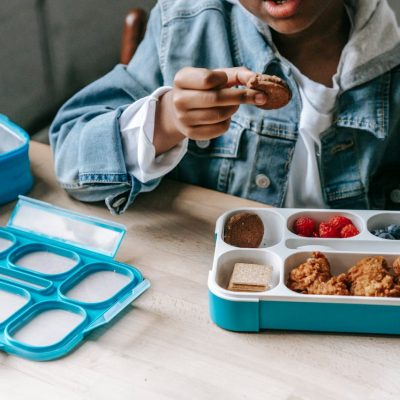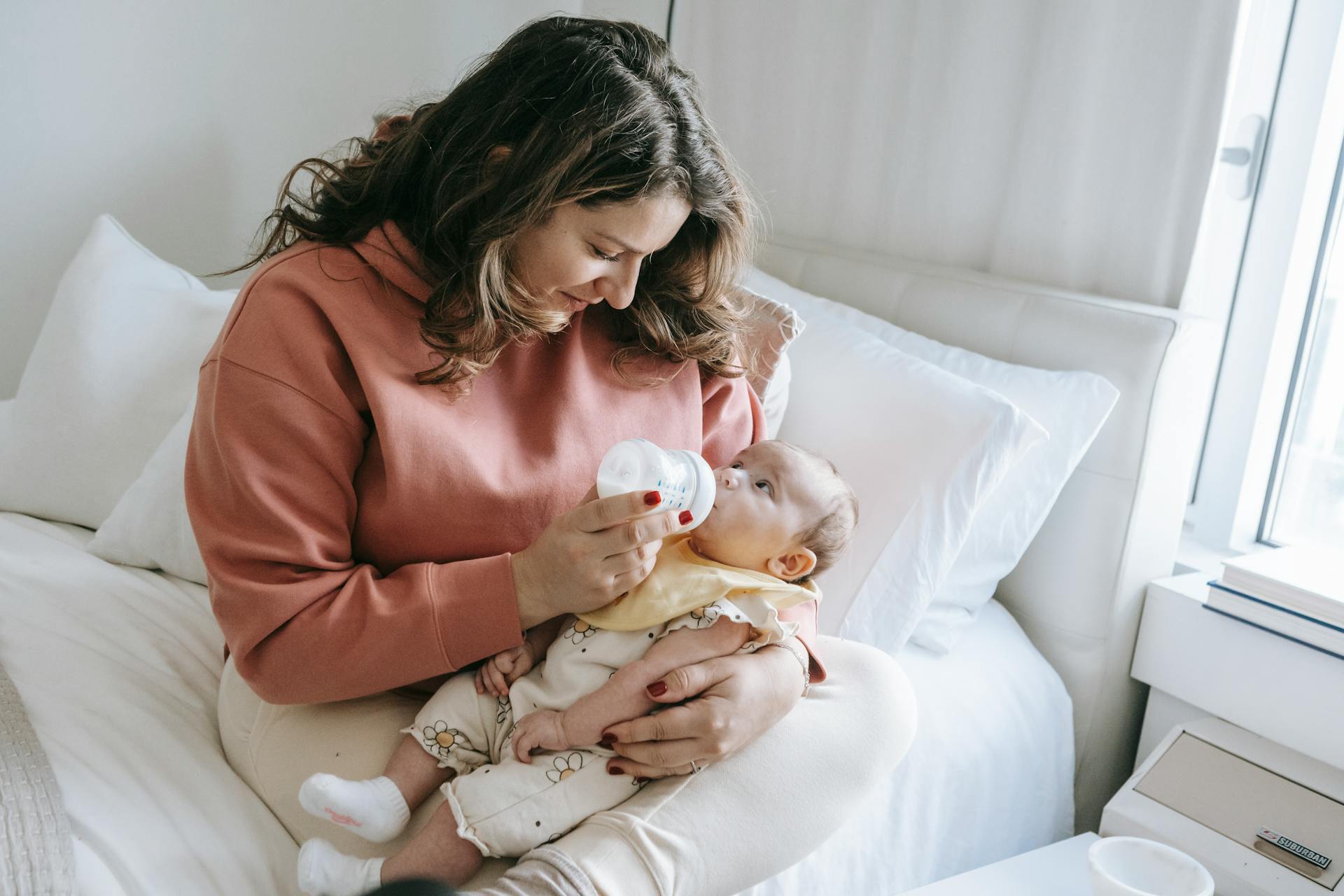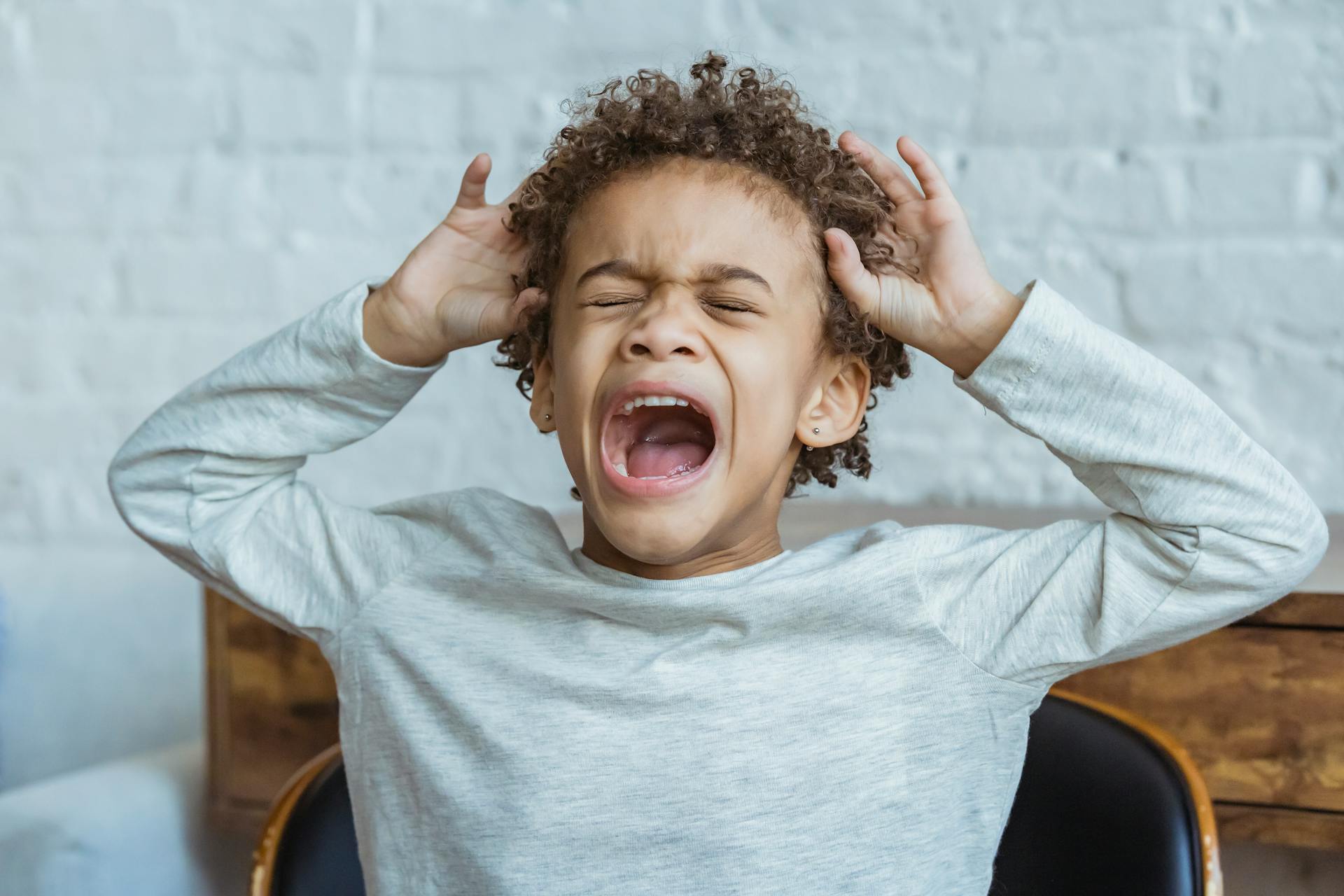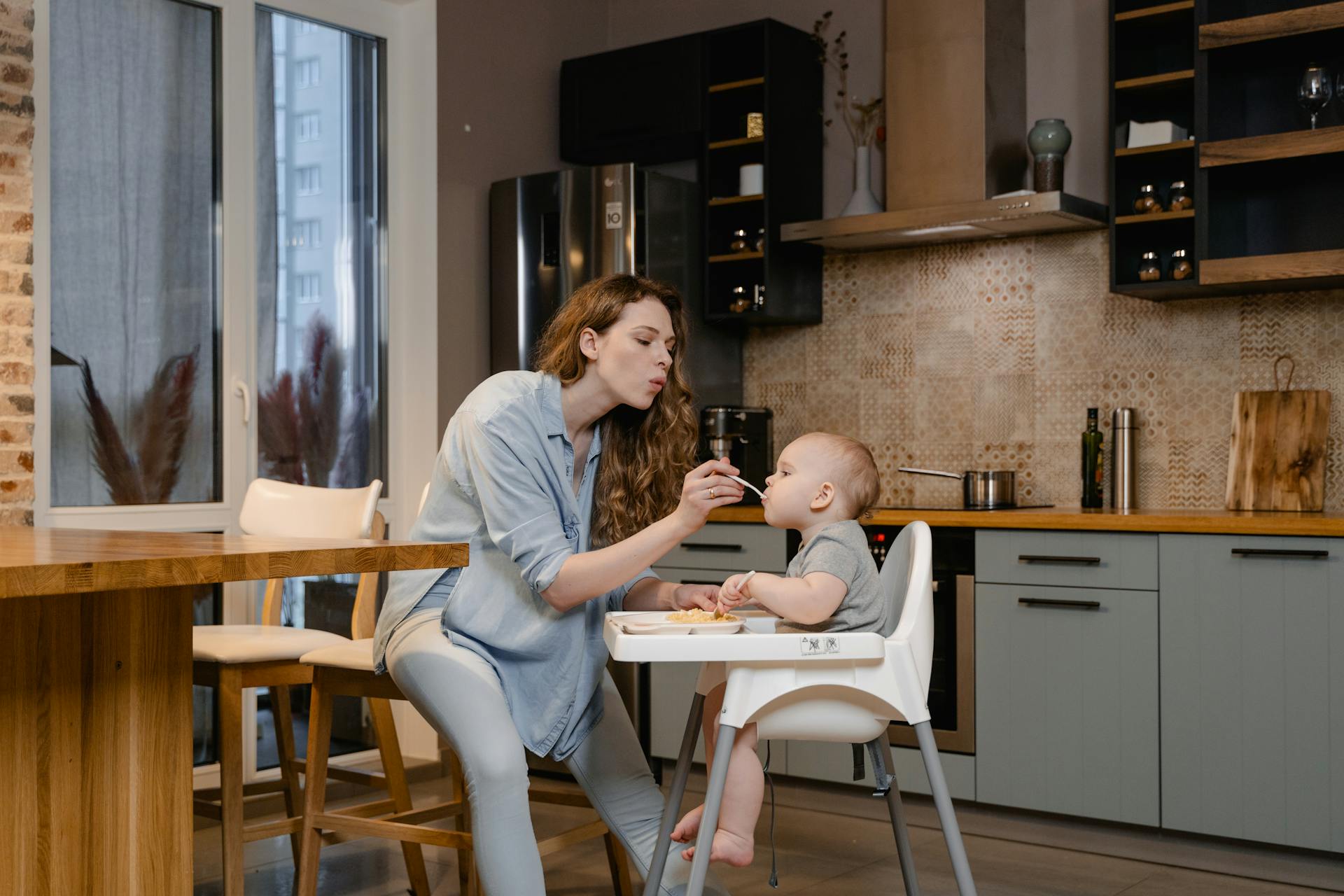Separation anxiety is a natural part of growing up for many children. It often starts around six months of age and can peak during toddler years. While it’s normal for children to feel uneasy when separated from their parents or caregivers, persistent or intense anxiety can be challenging for both the child and the family.
This guide explains what separation anxiety is, how to recognize it, and practical ways parents can help their children navigate this emotional phase.
Understanding Separation Anxiety
Separation anxiety happens when children fear being apart from their primary caregiver. It’s an instinctive reaction rooted in their attachment system—a survival mechanism that helps babies stay close to their source of safety.
While it’s most common in younger children, older kids can experience separation anxiety too, especially during times of change or stress.
Signs of Separation Anxiety
Recognizing the signs of separation anxiety can help you better support your child. Common behaviors include:
- Clinging: Refusing to leave your side, even in familiar environments.
- Excessive crying: Tears and distress every time you leave the room or drop them off at school.
- Physical complaints: Complaining of headaches, stomachaches, or feeling sick when separation is anticipated.
- Refusal to engage: Avoiding school, daycare, or social activities that require them to be apart from you.
- Sleep disturbances: Difficulty falling asleep or staying asleep without a caregiver nearby.
While some anxiety is typical, extreme behaviors that persist for weeks may indicate a deeper issue, such as Separation Anxiety Disorder.
Why Do Children Experience Separation Anxiety?
Several factors contribute to separation anxiety, including:
- Developmental Milestones
As babies grow, they begin to understand object permanence—the concept that people exist even when they’re out of sight. This realization can heighten anxiety during separations. - Big Changes
Moving to a new home, starting school, or welcoming a sibling can trigger fears of separation. - Parental Behavior
Children often pick up on their parents’ emotions. If parents seem anxious or overly protective, kids may mirror these feelings. - Traumatic Events
Loss of a loved one, divorce, or other significant life events can intensify separation anxiety.
How to Help Your Child with Separation Anxiety
While separation anxiety can feel overwhelming, there are many ways to support your child:
1. Establish a Routine
Children thrive on predictability. Set clear, consistent routines for drop-offs and pick-ups so they know what to expect.
- Example: Always say goodbye the same way, such as giving them a hug and saying, “See you after lunch!”
2. Start Small and Build Up
Begin with short separations and gradually increase the time apart. This helps your child build trust and confidence that you’ll always return.
- Tip: Leave the room for a few minutes while they play, then return and praise their bravery.
3. Create a Goodbye Ritual
A simple, predictable goodbye routine can be comforting. It signals to your child that it’s time to part ways, but in a positive and reassuring manner.
- Example: A quick kiss on the forehead, a handshake, or a special goodbye phrase.
4. Encourage Independence
Foster self-reliance by encouraging your child to play, explore, and make small decisions on their own.
- Tip: Provide opportunities for independent play while staying nearby to offer reassurance.
5. Use Comfort Items
Give your child a transitional object, like a favorite stuffed animal or blanket, to provide a sense of security when you’re apart.
6. Stay Calm and Confident
Children take emotional cues from their parents. If you appear nervous or hesitant, your child’s anxiety may increase. Stay calm, smile, and reassure them that they’ll be fine.
7. Practice Separation at Home
Introduce short, low-pressure separations during playtime at home. For example, step out to another room briefly and return with a cheerful “I’m back!”
8. Communicate with Caregivers
Work with teachers, daycare providers, or babysitters to develop strategies for easing transitions. Share what works at home and ask for updates on your child’s progress.
9. Avoid Sneaking Away
While it may seem easier to slip out unnoticed, sneaking away can break your child’s trust and make future separations harder. Always say goodbye before leaving.
10. Be Patient
Remember, overcoming separation anxiety takes time. Celebrate small victories and offer plenty of praise when your child handles a separation well.
What to Avoid
Certain actions can unintentionally worsen separation anxiety. Avoid the following:
- Prolonging Goodbyes: Lingering too long during farewells can heighten your child’s distress.
- Giving In to Avoidance: Allowing your child to skip school or activities due to anxiety reinforces their fears.
- Dismissing Their Feelings: While you want to encourage independence, invalidating your child’s emotions can make them feel unsupported.
When to Seek Professional Help
While most cases of separation anxiety resolve with time and support, some children may need additional help. Consider consulting a pediatrician or child psychologist if:
- Your child’s anxiety persists for more than four weeks.
- Their fear significantly disrupts daily activities, like school or playtime.
- They experience frequent physical symptoms (e.g., stomachaches, headaches) without a medical explanation.
A professional can provide tailored strategies, therapy, or other resources to help your child manage their anxiety effectively.
Preventing Separation Anxiety
Preventive measures can reduce the intensity of separation anxiety:
- Encourage Social Interaction
Expose your child to new people and environments early, helping them feel comfortable with others. - Foster Secure Attachments
Spend quality time with your child and show consistent love and attention to build their confidence. - Teach Coping Skills
Help your child develop healthy ways to manage stress, such as deep breathing or self-soothing techniques. - Model Positive Behavior
Demonstrate calm, confident behavior during your own transitions to set a reassuring example.
Conclusion
Separation anxiety is a normal part of childhood, but it can be challenging for both children and parents. By understanding its causes, recognizing the signs, and using practical strategies to ease their fears, you can help your child navigate this phase successfully.
With your guidance, your child will gradually gain the confidence and independence they need to thrive in new situations. Patience, consistency, and a lot of love will make all the difference.

